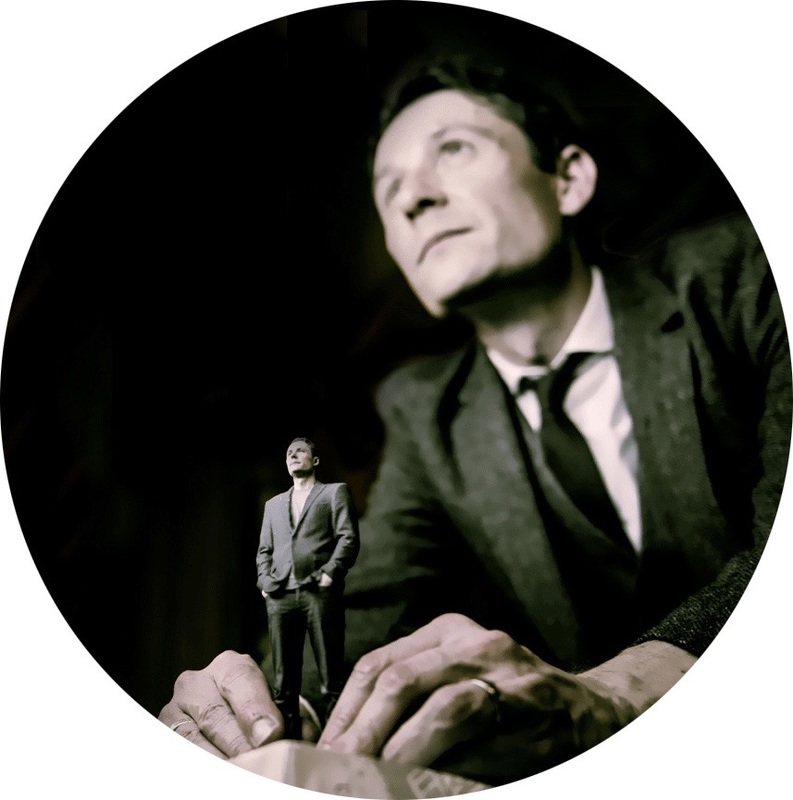|
This semester I am teaching on the An Introduction to Digital Environment for Learning course, part of the MSc in Digital Education at Edinburgh University. One of the objectives of our course is to provide students with an opportunity to experience a range of digital settings where teaching and learning take place. Going further, one of the blocks in our course is devoted to investigating the relationship between education, technology and space. Among other activities, students spend time exploring and building in Minecraft, while at the same time reflecting upon its potential to support learning.
To coincide with these activities, I spent time speaking with Tom Flint, Lecturer in Digital Media and Interaction Design at Edinburgh Napier University. The subject of our conversation was Tom's co-authored work around the creation in Minecraft of a facsimile of the Jupiter Artland scultpure park (Flint et al. 2018).
This shortened version of our conversation, juxtaposed with some of my own photographs and field recordings from Jupiter Artland and elsewhere, is one of the resources we are using in the An Introduction to Digital Environment for Learning course as we help students to think about the complex relationship between education, technology and space.
Perhaps the most interesting theme to emerge from my conversation with Tom was that we need to think of physical and networked environments as co-constituting, or what Nordquist & Laing (2015) and others have referred to as 'hybrid learning spaces'. When digital technologies have become so much a part of our everyday surroundings, perhaps there is a case for drawing on post-digital thinking (see Jandrić et al. for an introduction) to recognise the way that digital and physical environments are woven together into what we might call 'post-digital learning spaces'. Instead of thinking about either 'physical' or 'online' learning environments, perhaps we should instead recognise that many educational settings are shaped by spatial dimensions and the configuration of furniture, but also simultaneously by the flow of data and access to screen-mediated content.
0 Comments
Leave a Reply. |
Search categories
All
I am a Lecturer in Digital Education (Education Futures), within the Centre for Research in Digital Education at The University of Edinburgh.
@james858499 [email protected] |
